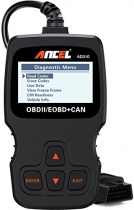-
Welcome to Tacoma World!
You are currently viewing as a guest! To get full-access, you need to register for a FREE account.
As a registered member, you’ll be able to:- Participate in all Tacoma discussion topics
- Communicate privately with other Tacoma owners from around the world
- Post your own photos in our Members Gallery
- Access all special features of the site
Just Bought a 2014 Tacoma 4-cylinder... need help/guidance
Discussion in '2nd Gen. Tacomas (2005-2015)' started by Sammickk, May 7, 2025 at 6:55 AM.


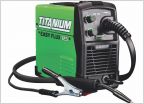 Cheap welder, worth it?
Cheap welder, worth it?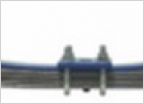 Everyman's Suspension Upgrade
Everyman's Suspension Upgrade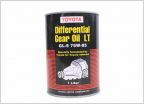 Rear end noise???
Rear end noise??? New speakers sound bad
New speakers sound bad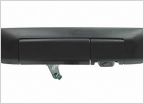 Flush-mount Backup Camera Placement
Flush-mount Backup Camera Placement



















